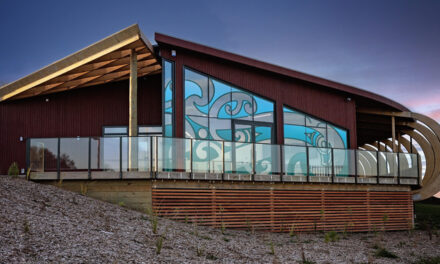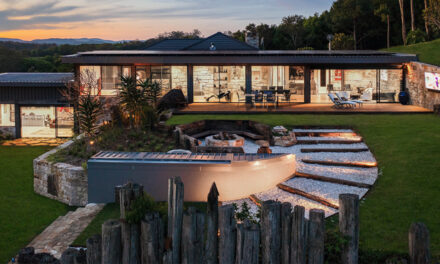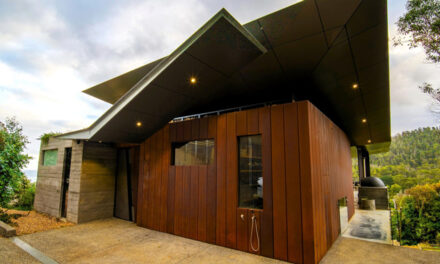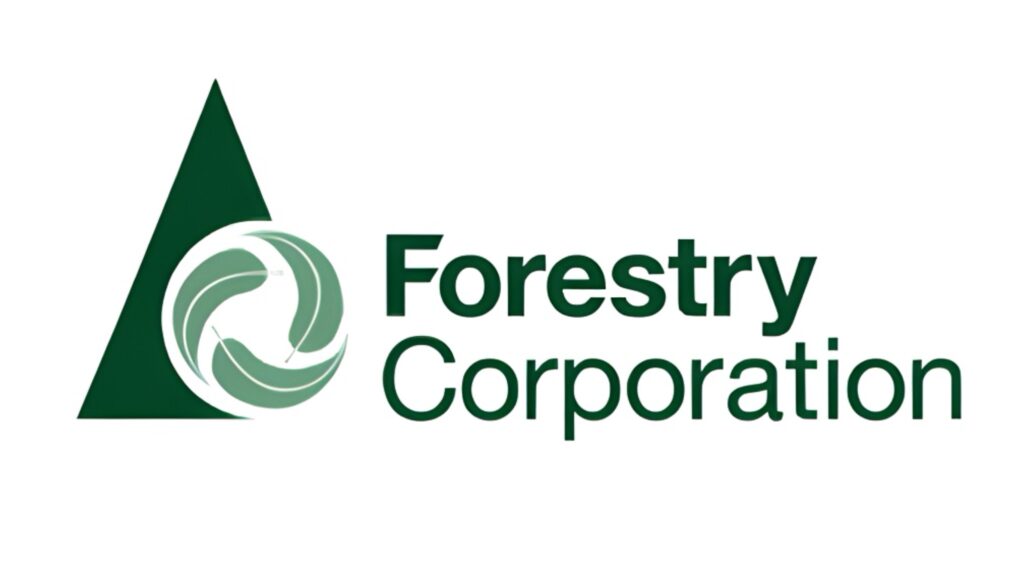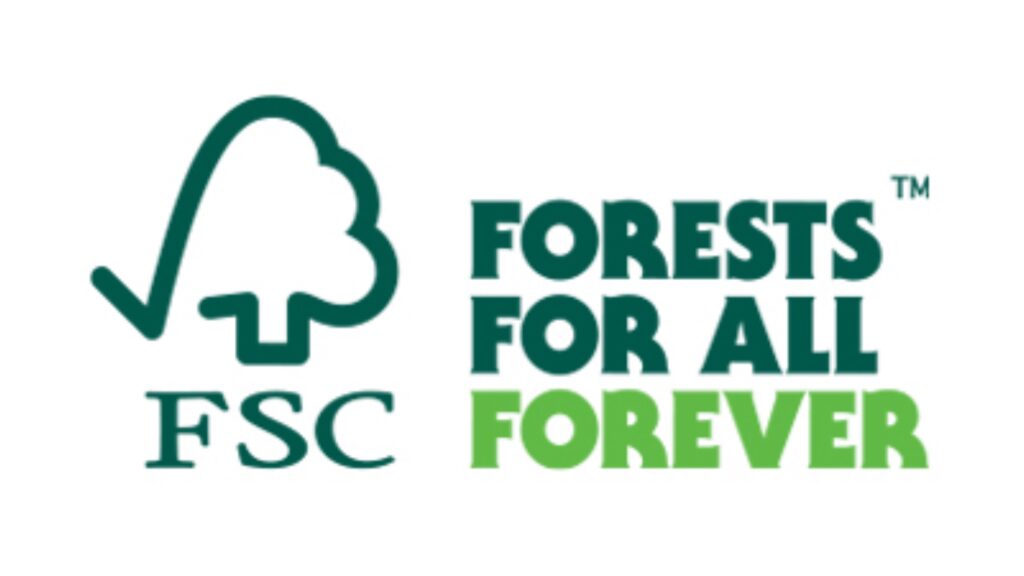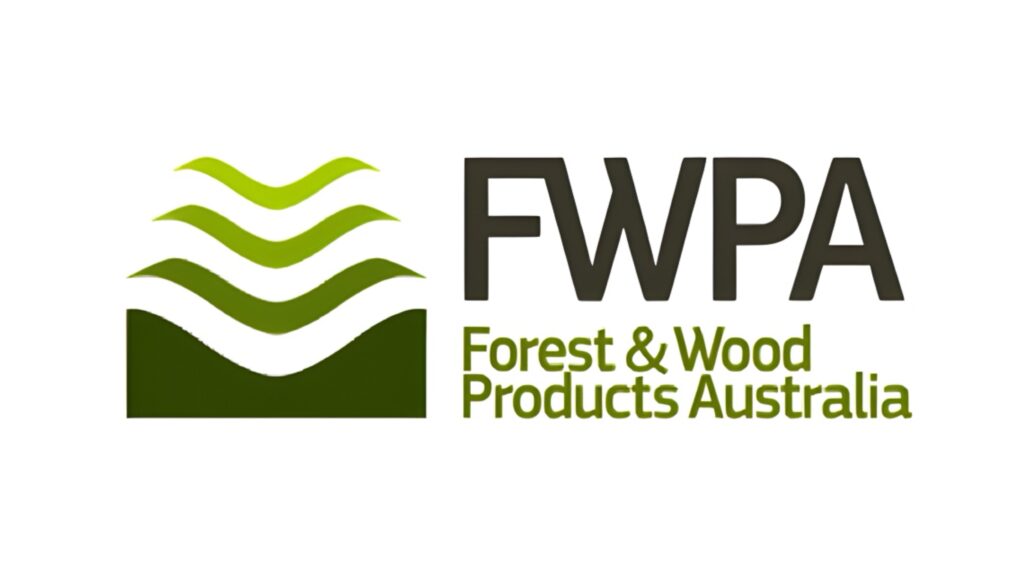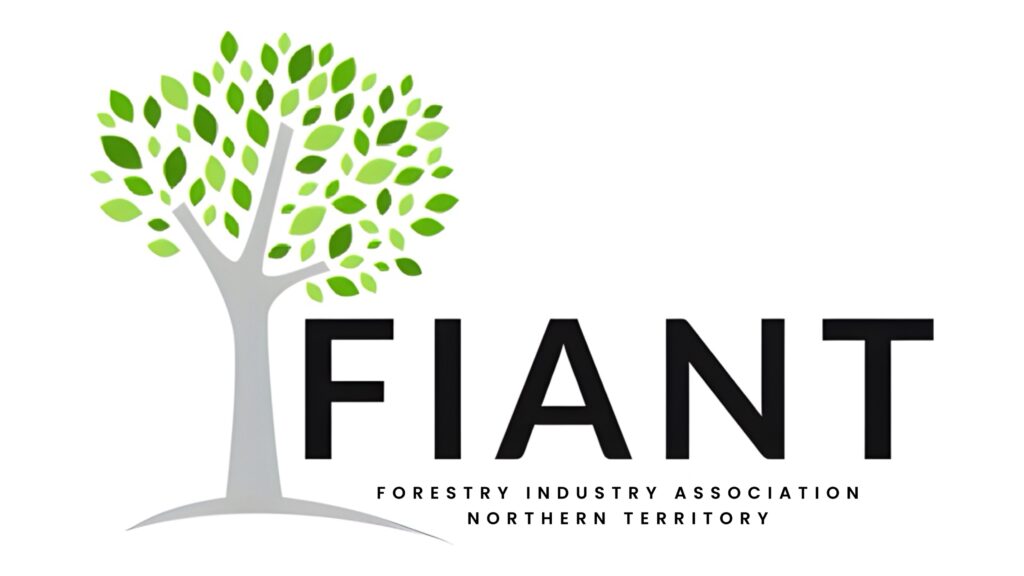NATURAL TREE SHAPE ‘KEY’ FOR ONE
ENGINEERED WOOD SYSTEM
LOW-COST MANUFACTURE ON A GLOBAL SCALE.
A major Malaysian vertically-integrated ply and timber company has become the first to recognise the global potential of an Australian engineered wood system that brings most of a tree’s natural shape into the built environment for housing, commercial, and mid-rise, multi-residential apartment buildings.
Wollongong-based Loggo IP Pty Ltd’s low-cost manufacturing process focuses on three multi-patented engineered wood products, each based on retaining the “rounded shape and properties of a tree”.
“Unlike the present industry which cuts the log into multiple sections and joins them back together again (with masses of glue, spent energy and emissions) this Loggo concept capitalises on the tree’s natural rounded shape and strength, seamlessly transitioning its engineered wood products directly into the built environment” says Loggo founder and CEO Pat Thornton.
“When scaled, the system will be the most cost-efficient and greenest way to use wood in future framing.”
Thornton says, “in most houses, commercial, public buildings and mid-rise and multi-residential apartment blocks, these rounded, stronger shapes will be behind coverings in the walls, ceilings and floors except when an architect wants to expose them”
Initially, Loggo’s market penetration will begin with flooring systems; the ’round shape’ is naturally hidden from sight.
Beams can be manufactured from selected species of young roundwood, small diameter forest thinnings and, more remarkably, they can be made from small diameter peeler cores, a very low-value, problematic, non-structural by-product of the plywood industry which has already been ‘true rounded’ in shape.
Thornton says because the roundwood beams retain more fibre and strength, as well as lower net carbon emissions through minimal processing, there is a subsequent salvaging and embedding of even more carbon than most incumbent framing systems.
Loggo’s ’rounded shape’ also offered greater resistance to fire in the built environment than most architecturally historical and incumbent designs of engineered wood, most of which have square edges allowing fires to ignite quicker.
“And,” says Thornton, “the Lamilog has unique ‘internal’ metal connectors adding even greater fire resistance.
Pat Thornton says a move back to better forest management with periodic thinning is a bonus that mitigates the damage from undergrowth-propelled wildfires.“Harnessing these very low-cost resources and set-ups affords an innovative new building system for the future housing, general timber construction, retrofitting and mass timber markets around the world, along the way assuring ply manufacturers and other suitable early venturers greater returns on investment – and profits,” Thornton said.
“Also, these systems promote regional circular economies with the low-cost, low-tech machinery trucked from forest to forest.”
So where to next for Loggo?“We are well advanced in our partnership with Samling, the largest ply and peeler core supplier in Malaysia, with the real possibility of extending a similar business plan to entrepreneurial ply and veneer companies in other countries,” Thornton said.
“Our patents protect each company in their own regions, especially those with PEFC and FSC certification across their forests and wood products.”
The ’roundwood concept’ has not lost on the University of Queensland’s Advance Future Timber Hub. Loggo has secured a large grant for future R&D into a wider array of suitable species selection and testing.
For more details visit www.loggo.com.au



